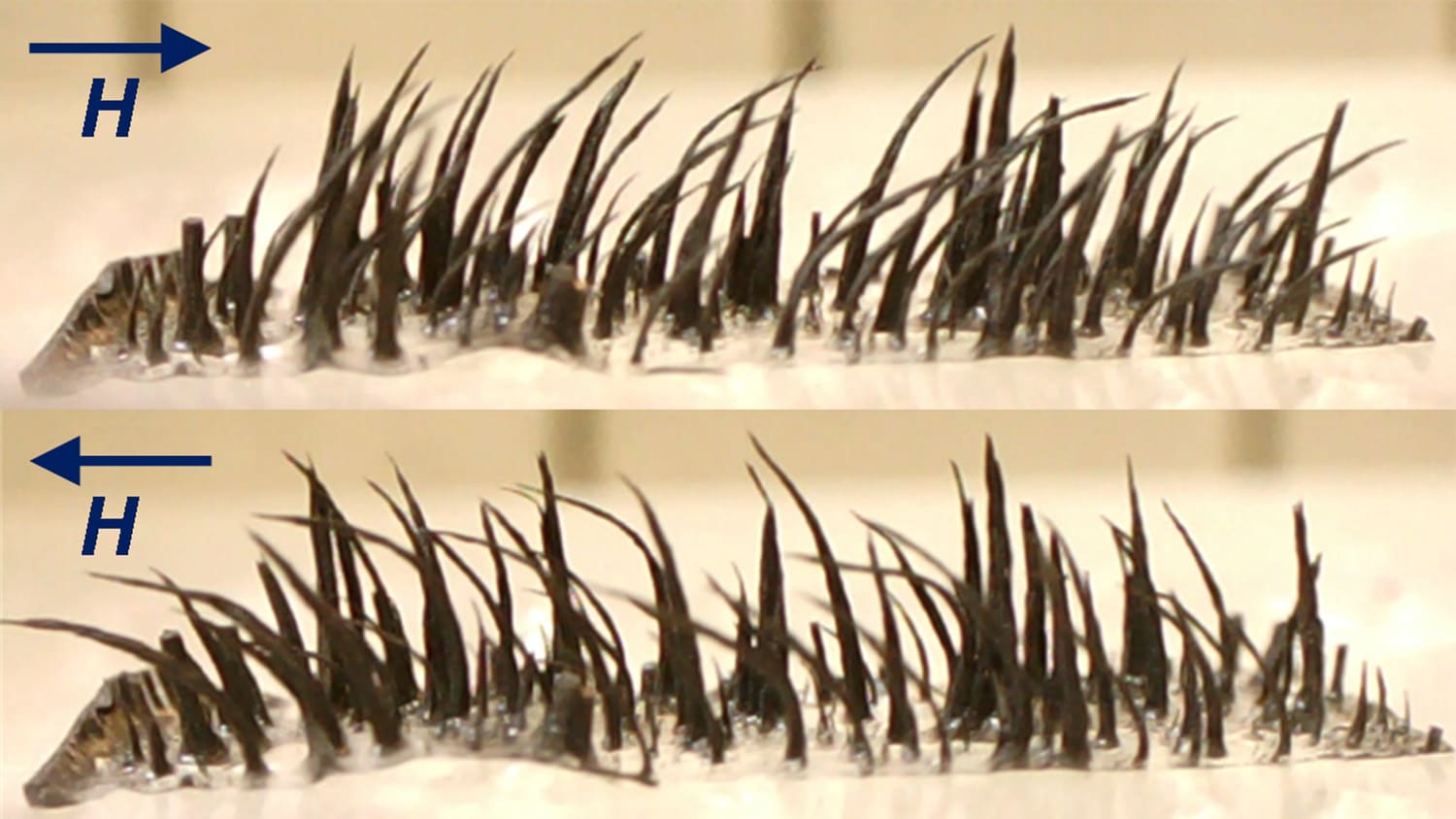Sense & Sensibility: New Technology To Help Engineers Monitor Bridges

Editor’s Note: This post was guest-written by Nate DeGraff of NC State’s College of Engineering.
Nearly four in 10 bridges in North Carolina are labeled “deficient” by the state’s Department of Transportation (NCDOT). That doesn’t mean they’re unsafe — NCDOT has said it would close any bridge that’s too dangerous to travel over – but it does mean they could use some work.
Reaching those conclusions is the role of bridge inspectors who check out each of the state’s 13,500 bridges at least once every two years. The system works, but it leaves gaps between inspections when an aging bridge could be developing some serious structural problems.
Fuh-Gwo Yuan imagines something different — a new, hi-tech way to monitor bridge health 24 hours per day. He’s developed new technology that will allow bridge engineers to watch these structures age from their computer screens, an advance that should reduce bridge operating and maintenance costs.
“We’d be able to tell the bridge owner what action needs to be taken, and when,” said Yuan, an engineering researcher at NC State. “We’d be able to offer an estimate, for example, of the year the bridge should be replaced.”
In the next few months, Yuan plans to place a wireless sensor system with advanced damage-detection signal processors on a Triangle-area bridge and monitor its health from his office. From his conversations with NCDOT about the project, Yuan believes it will be the first time that a North Carolina bridge has been monitored with wireless sensors. (Researchers at the University of Maryland, Yuan’s partners in the US Department of Transportation-funded project, will monitor bridges in their state as well.)
The project begins as transportation officials nationwide, grappling with annual traffic increases on the nation’s roadways, search for ways to get more detailed information the structural health of bridges. The horrific Interstate 35 bridge collapse in Minnesota in 2007 helped focus public attention on the issue.
Yuan, who works closely with researchers at NASA, devised his wireless system several years ago as a way to monitor the structural health of aerospace components as they were moved from one location to another. He used the system to monitor a composite rocket as it was shipped from northern California to southern California. As it turns out, the same system could be applied to bridges.
The technology has two primary components: the wireless sensors and a new signal-processing technique. Together, these tools can detect cracks and other areas of weakness on a bridge. Advanced algorithms tell the engineers what the damage means for the bridge’s long-term health. The system will be self-powered with tiny wind collectors and solar panels, Yuan said.
Armed with this constant stream of data, transportation officials could make more accurate predictions on when bridge repairs are needed. The equipment isn’t entirely precise — it doesn’t have a prophetic ability to nail down the exact date a bridge will collapse, for example — but it will provide a general estimate on when a bridge should be replaced.
Yuan is working with NCDOT to find a bridge that meets his preferred specifications. It needs to be old enough to have some structural problems, and it needs to be near Raleigh so he and his students can check their equipment from time to time.
In the future, he hopes his structural health monitoring system will be employed on large and complex highway and bridge systems. An entire road network could age on a computer screen, he envisions, right before an engineer’s eyes.
- Categories:


